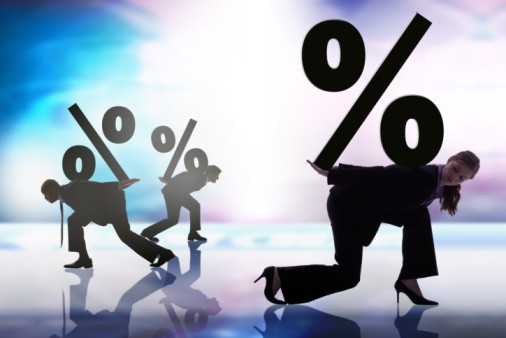Junk ETFS Face Pressures
Post on: 12 Июнь, 2015 No Comment

Error.
March 9, 2013
While junk bonds are keeping investors happy by churning out strong returns, they face renewed pressures in the form of rising interest-rate risk and a quirk of bond math that almost guarantees price losses over time for high-yield exchange-traded funds.
Junk bonds soared in January, fell a bit, and then settled into a groove, returning 2.25% so far this year. The bull run (including a 15.6% 2012 return) can be chalked up to investors clamoring for the highest-yielding assets in a low-yield world. By now the market has defied countless suggestions that it’s overheated, but as the average junk-bond yield and price have settled into all-time record ranges, longer-term problems are emerging.
Consider the two main types of bond risk. The first is credit risk, or the risk that the company (or country) whose bonds you own will default. That’s usually the most acute in junk-rated companies, and why their bonds yield more. The second is interest-rate risk, or the risk that the bonds you own will fall in value if rates rise. That usually affects higher-rated, lower-yielding bonds.
Junk-bond yields are so low—5.7% on average—that fund managers are finding their usual order of priorities reversed.
We’re much more concerned about interest-rate risk than credit risk right now, says Ed Meigs, who co-manages the $832 million First Eagle High Yield Fund (ticker: FEHAX) along with Sean Slein. Meigs and Slein say they’ve become more defensive by shifting more of their assets into lower-rated junk bonds, which runs counter to a textbook defensive strategy during more normal times.
Like dividend-paying stocks that drop in value after their ex-dividend date, bond ETFs tend to gradually rise in price each month as the coupon payment accrues and then shed those gains when it’s paid.
Peter Tchir of TF Market Advisors says these price moves are growing distorted. If you strip out this month-to-month cycle, he says investors have been propping up the long-term core price of these ETFs at levels that—according to math that governs the underlying bonds—are unsustainable.
They really cannot go much higher because of the portfolio they hold, Tchir says.
The average junk bond trades at 105.1 cents on the dollar, as investors have bid up outstanding bonds that have higher coupons than newer ones do, meaning that the yield based on current purchase price is less than the coupon. Over time, a bond’s price gravitates toward par value, or 100 cents, because that’s what gets repaid at maturity. Alternately it gravitates toward its call price if it can be called sooner.
Tchir uses an example of a five-year bond with an 8% coupon trading at just over 104 cents to yield 7%. In one year, a bondholder would receive eight cents in income per dollar of par value but lose about 0.7 cent in price as the bond moves a year closer to maturity. This effect intensifies as bonds get closer to their maturity (or call) date, and is more pronounced in lower-yielding bonds.
The price goes down even though the yield on the bond doesn’t change, Tchir says. That to me indicates that the net asset values on the high-yield ETFs in particular should drift down.
The alternative to falling prices? Lower yields, of course.
Treasuries were having a decent week before getting clobbered on Friday when February employment data beat expectations. We’ll see what happens next month when the first sequester-induced layoffs start to register in the Labor Department’s data. The 10-year note yield jumped to 2.045% on Friday from 1.845% a week earlier.














